 |  |  |
Our Website | Tours | Donate | YouTube

Parashat Shmini / פרשת שמיני Candle Lighting in Jerusalem 6:32 PM, April 21, 2017, 25 Nissan 5777
5777 - תשע"ז May it be the year of"The City - Jerusalem" עיר of Gold זהב May G-d's City - Yerushalayim Shel Zahav, be rebuilt and restored to its previous glory for the Jewish People. May it be a year of עז- strength for Jerusalem and Am Yisrael. Next year in a united Jerusalem with a flourishing Jewish life centered around religious educational institutes. | |||
Jerusalem Divrei Torah
The centrality of Jerusalem to the Jewish People is indisputable and is the core of our mission. Our Divrei Torah by Rabbi Yosef Bronstein focus on Jerusalem and its connection to the weekly Torah portion. For a pdf to discuss at the Shabbat table, please click here. To sponsor a Dvar Torah please click here
The Suprarational Service of Yerushalayim
Our haftorah describes the bringing of the Aron to Yerushalayim. After the first unsuccessful attempt which tragically ended in the death of one of the transporters, Dovid HaMelech is careful to execute the transport perfectly. The Navi emphasizes that during the journey from the house of Oved-Edom to Yerushalayim, Dovid “danced with all of his might before the Lord.”[1] Then, when they finally enter the city of Dovid, his dance intensifies: And [as] the ark of the Lord came [into] the city of David, Michal the daughter of Saul peered through the window, and she saw the king David hopping and dancing before the Lord; and she loathed him in her heart.[2] Two questions need to be asked regarding these descriptions. First, in the few terse verses describing this momentous occasion, why does the Navi underscore the joy and dancing of Dovid? Second, why does Dovid’s dancing intensify upon his entry into Yerushalayim? The Lubavitcher Rebbe[3] explained that a true experience of the Shechinah is associated with the quality of bittul – complete self-nullification. The presence of Hashem engenders the realization that we are not truly independent entities. Rather, the only true entity is the one and indivisible God. As long as this level of bittul has not yet been attained then one’s service of Hashem is necessarily conducted within the framework of the rational human mind. Within this mindset, I perform mitzvot due to the fact that they, individually or as a system, make sense to me as an independent thinking person. Such a mentality will perforce engender a service that is limited by the outer confines of rational thought. For example, one’s sense of self will never allow one to embarrass themselves in the context of the service of God. It is only one who, like Dovid, serves Hashem from a state of bittul that will “foolishly” act with abandon and embarrass themselves in the context of their service. It is for this reason that the pesukim emphasize Dovid’s “reckless” dancing in front of the Aron which houses the Shechinah as it is this service “above reason and thought” that epitomizes the proper bittul reaction to the appearance of the Shechinah. This also explains why Dovid’s dance intensified as he entered Yerushalayim. The ultimate experience of the Shechinah can only occur in the “place that God has chosen.” Being in Yerushalayim necessarily increased the extent of Dovid’s bittul, which caused him to dance with even more fervor, not caring that his wife was looking on askance. This haftorah, then, challenges each of us to be sensitive to the Shechinah that exists in Yerushalayim. Similar to Dovid, we must behave differently when we are within the confines of our holy city. We must train ourselves to be attuned to the stirrings of the spiritual world and recognize that being in Yerushalayim should engender a more complete and suprarational service of Hashem, one that stems from the quality of bittul to He that resides in Yerushalayim.
More than 900 People Tour the Yemenite Village and Our Jerusalem over Chol Hamoed
| |||
| |||
| Click to view this email in a browser If you no longer wish to receive these emails, please reply to this message with "Unsubscribe" in the subject line or simply click on the following link: Unsubscribe |
| American Friends of Ateret Cohanim/Jerusalem Chai 248 West 35th Street New York, NY 10001 US Read the VerticalResponse marketing policy. |  |




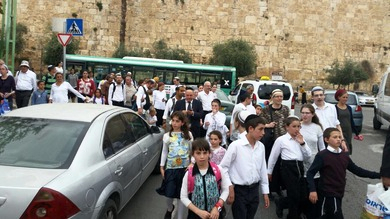
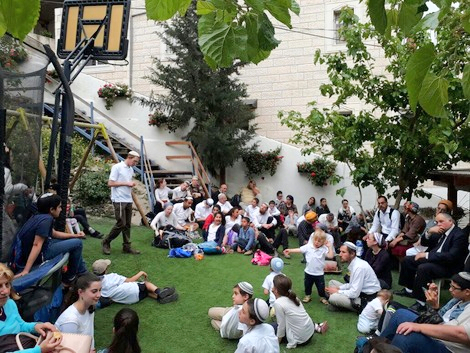
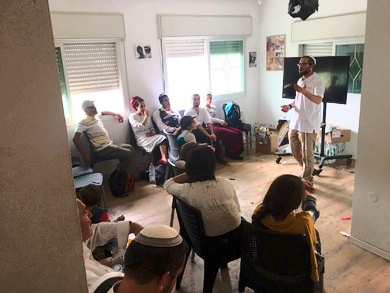
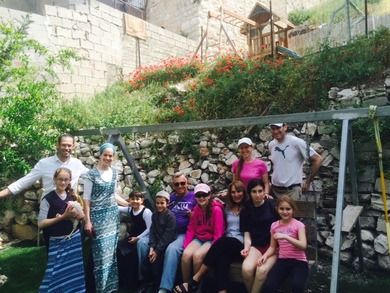

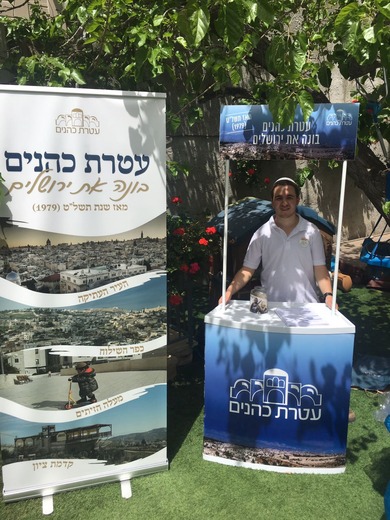
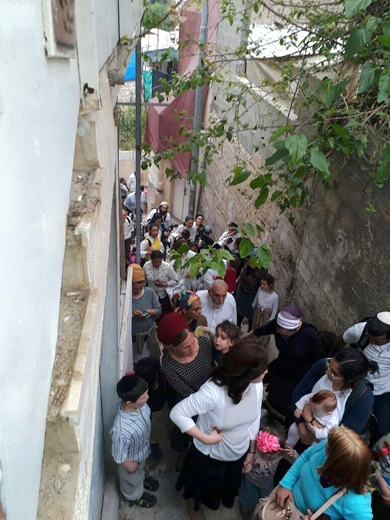

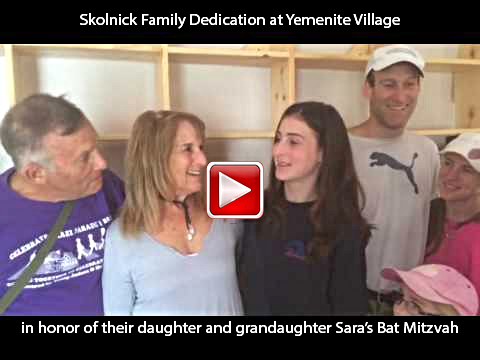
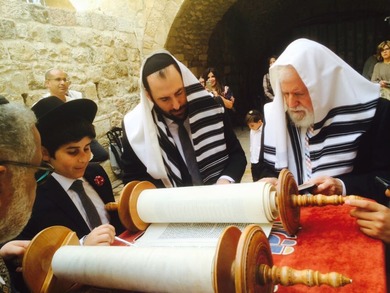
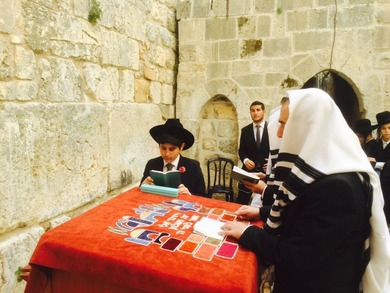



No comments:
Post a Comment